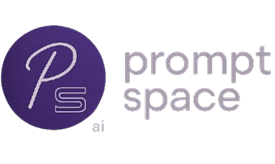In the past few months I have taken everything that I learned from a project called Neurosyn Soul (a lot of prompt layer, recursion, semi-zero experiments) and to convert it into something cleaner, safer and more structured: Neurosyn Æon. Instead of scattered configurations, Æon is a single JSON -"Onefile" that works like a constitution for AI. It defines governance rails, safety failures, panic modes and observability (audit + trace). In addition, extrapolated data techniques (EDT) are introduced - a way to stabilize recursive outputs and solve contradictory conditions without tacitly overwriting the memory. There is a module called Enigma that is extremely powerful, but also risky - it can interfere and intervene in the language. By default, it is deactivated and wrapped in warnings. You have to expressly raise the curtain to enable it. I made sure that the documents emphasize the dangers as well as the potential. The repo has: -Inline -Sea -Jungfrau -Diagrams (Governance Flow, Seele → Æon Mapping, EDT -cycle, Enigma -Riso -dreieck) -Step -for -step installation with persistent memory + user -defined instructions -Show an command reference (show status, enroll, enigma (Shadow), audit show etc.). To formal "AI rituals" in machine reading rules, you may find this interesting. Repo: github.com/neurosynlabs/neurosyn -aeon would love feedback: - Clarity of the readme (explains enough about Edt and Enigma?) - Whether the diagrams help or just add noise - any governance or additional guidelines should be available, you should be present or only there should be noise or additional guidelines.
prompts·1 min read13.9.2025
I’ve been working on Neurosyn ÆON — a “constitutional kernel” for AI frameworks
Source: Original
